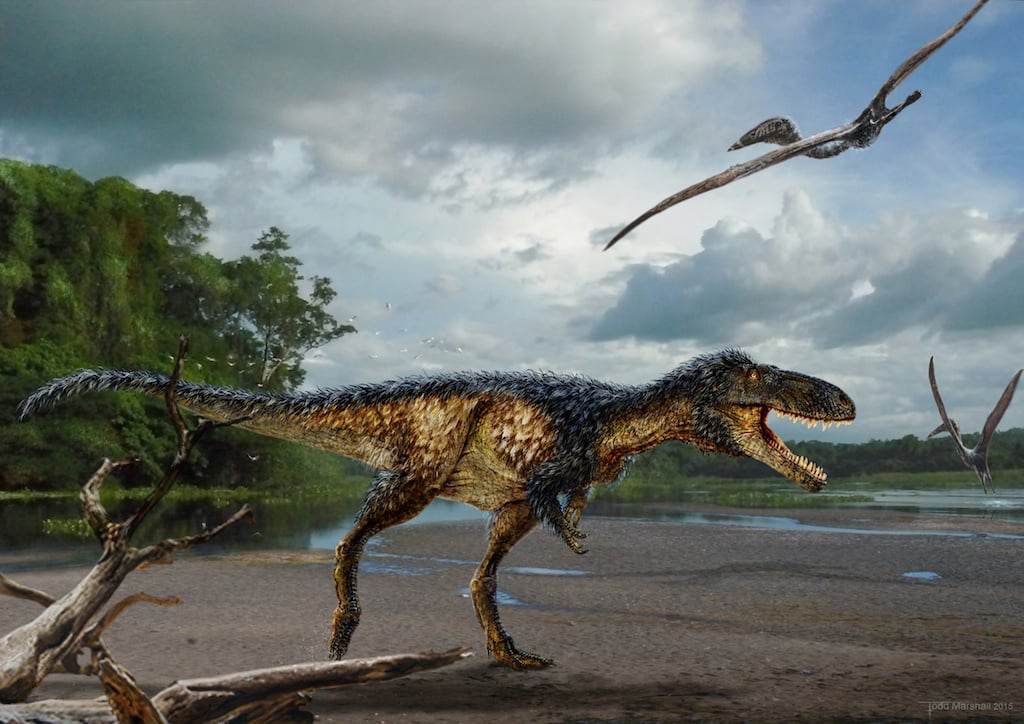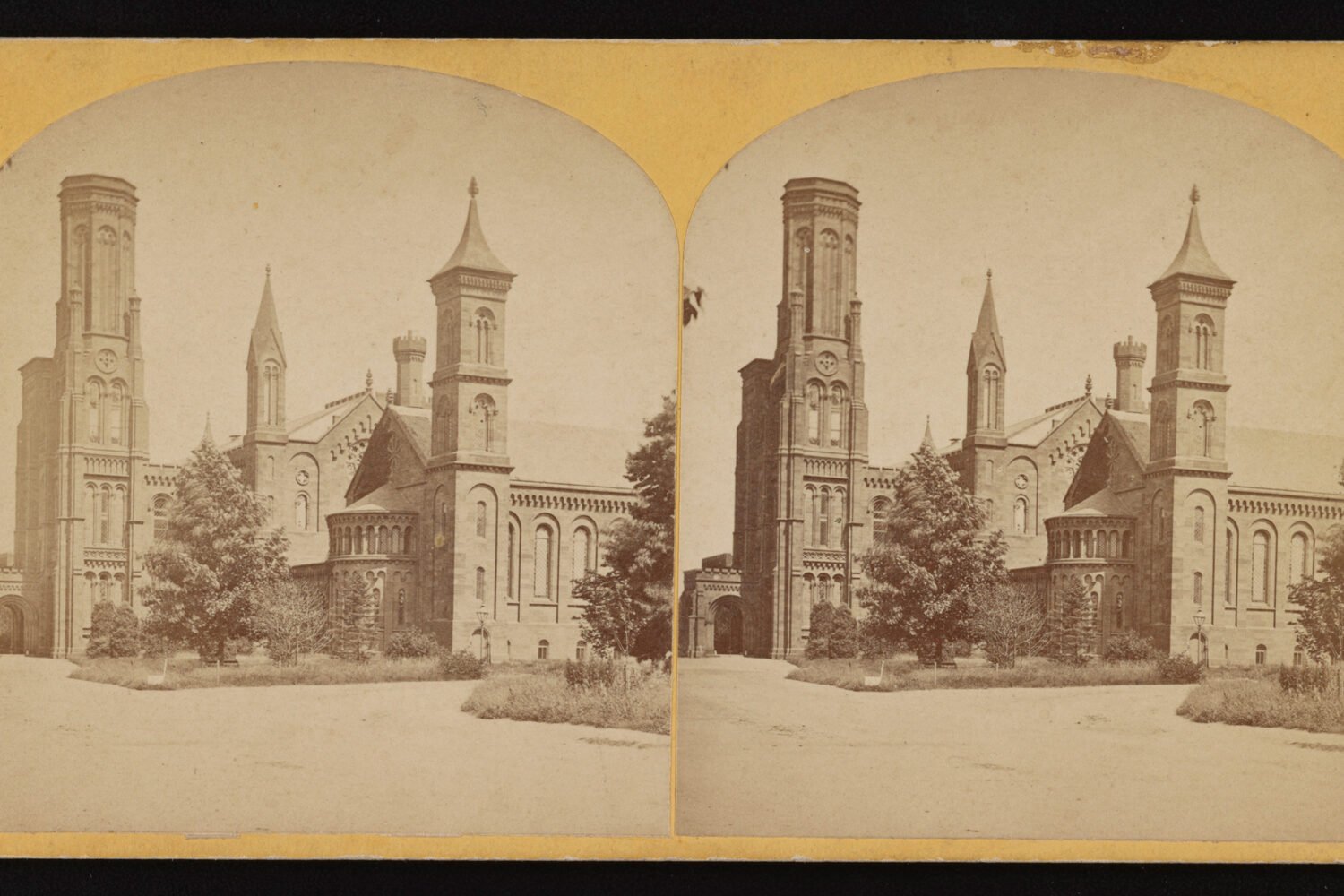The Smithsonian Natural History Museum on Monday announced the discovery of a new species of dinosaur—Timurlengia euotica—a slender, horse-sized carnivore, and long-lost progenitor of the fearsome Tyrannosaurus rex.
For all its fame in pop culture, paleontologists know very little about how the T. rex came to be. How did the gargantuan, lethal star of the Jurassic Park movies become the apex predator across nearly an entire continent? The new discovery sheds light on that mystery.
“How did the king get his crown?” asked the University of Edinburgh’s Stephen Brusatte, one of the authors of the paper announcing the findings. He explained that Timurlengia fills in a gap in the fossil record from the mid-Cretaceous period about 90 million years ago, hinting at how T. Rex would eventually become an evolutionarily perfect killing machine just before the asteroid impact that annihilated the entire dinosaur population.
Hans-Dieter Sues, the head of the Natural History Museum’s paleobiology department and Brusatte’s co-author, said the discovery of the Timurlengia‘s skull was the “Rosetta stone” for establishing the new species. Roughly the size of a grapefruit, the skull, which was found in Uzbekistan between 1997 and 2006, nevertheless hinted at the dinosaur’s advanced cognitive abilities and sensitive hearing that would later move the Tyrannosaurus to the top of the food chain.
Whereas a T. rex‘s tooth was like a “banana on steroids”—capable of punching through the meat and bones of its prey—Timurlengia had a more “elegant, blade-like tooth,” Sues said. The species weighed about 600 pounds, a far cry from the 7-ton T. rex. But size wasn’t as important as brains to the evolutionary development, Sues said: “T. rex had to get smart before it got big.”
Timurlengia roamed what is now Uzbekistan about 90 million years ago, when the country’s Kyzylkum Desert was warm and wet, with a sub-tropical climate. It’s named after the 14th-century conquerer Timurleng—known as Tamerlane in English—who ruled the same Central Asian territory.
The Smithsonian has been hurting for prehistoric predators lately, following the closing of its dinosaur hall in 2014. The renovated replacement, “Deep Time,” is scheduled to open in 2019, and include a centerpiece display of the massive T. rex skeleton it acquired two years ago. Sues is a member of the team developing the new fossil hall, and it wouldn’t be a surprise to see more of Timurlengia euotica in the future.




















